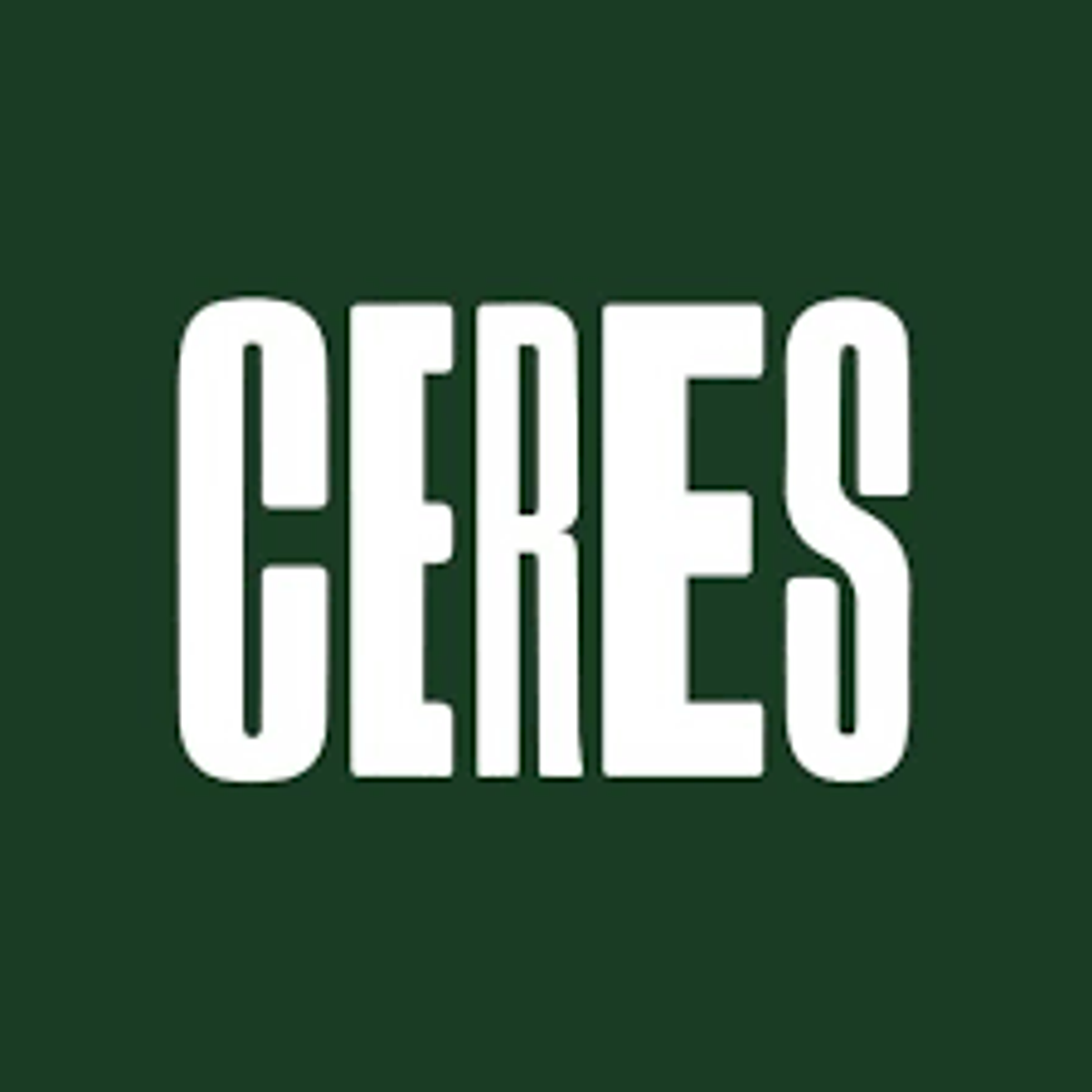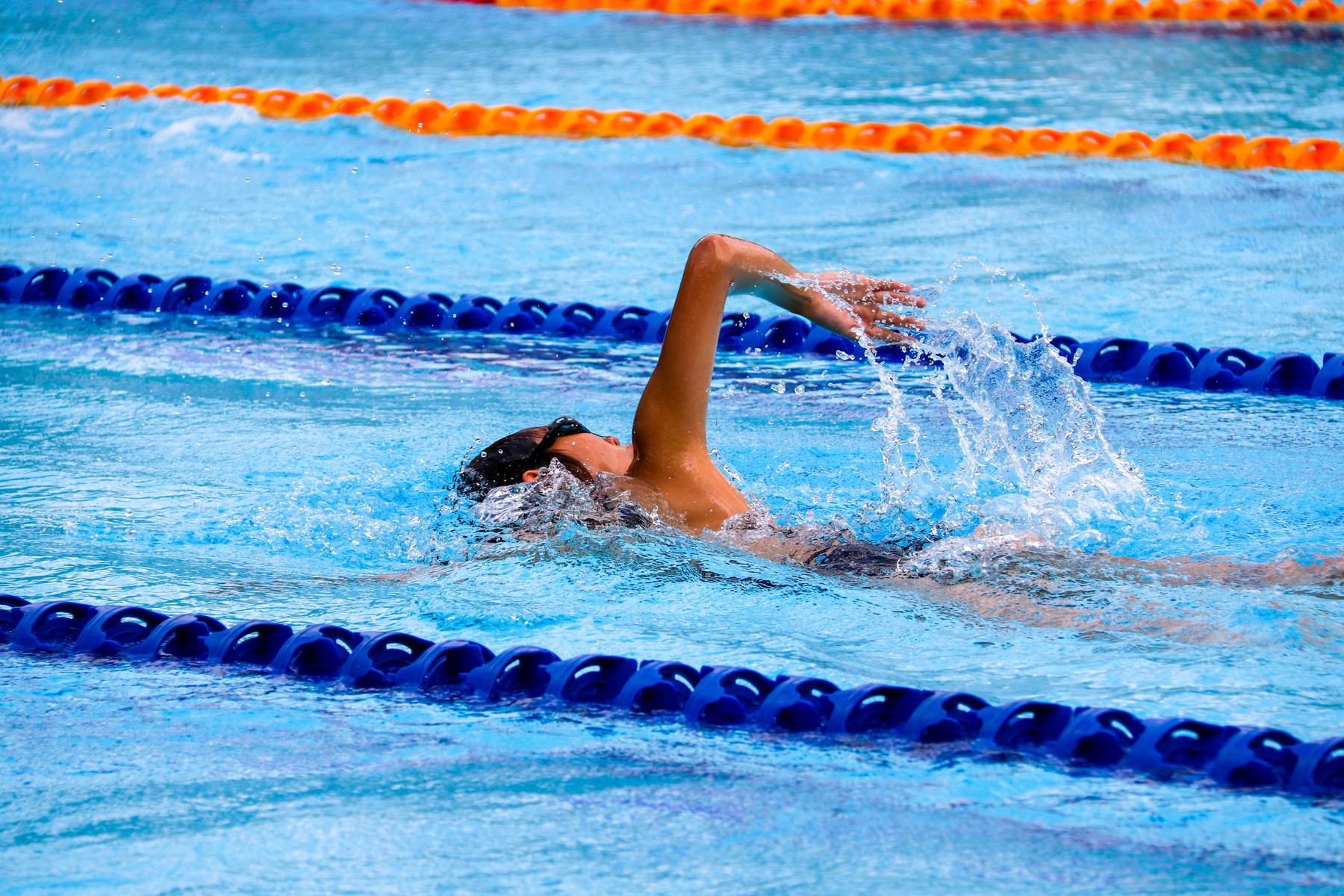Year 3
Kristi Lloyd, Paula Hammond, Nikki Olsen, Felicity O'Flynn

Year 3
Kristi Lloyd, Paula Hammond, Nikki Olsen, Felicity O'Flynn


Year 3 visited the CERES Community Environment Park in Brunswick East.
On Tuesday 2 August all the Year 3s went to CERES, the Centre for Education and Research in Environmental Stages. We had wonderful parent volunteers who were very helpful. We then had to leave at 9.15am to get on the bus for a 40 minute drive to the actual place.
When we got there, someone led us to a small hut where we would be staying, every time we had a break in between activities. There were three activities - Ochre, eating bush tucker and learning about Indigenous Culture.
The first one our class did was Ochre, where we painted our arms. There were three stations for each different colour. Red, orange and white The person who was teaching us, Subik, split the class into five groups and sent us to the stations.
There were also posters of the aboriginal symbols that we could choose from. I got sent to the red ochre station first. I thought that we were supposed to start straight away but apparently you have to add water to the dry ochre first. Then Subik asked the girls first if we wanted to paint our faces. There were two different designs for girls and boys. The girl's design meant a snail track.
Then Subik asked the boys if they wanted their faces painted. The meaning for the design of the boys was six dots on the forehead which represents the six tribes of the Kulin Nation. and the lines on the side represented the wings of Bunjil, creator of the land.
After that we had a break to eat some food.
The next activity was eating bush tucker, also known as bush food. The first bush food was Pig Face. It's called a ground cover because it covers the ground. Obvious, right? The way you eat it is by pulling the plant out of the ground and squeezing the juice out. It was very bitter in my opinion. You can also eat the skin, but for some reason it felt like sour tingling stuff dancing in your mouth.
The next one was Salt Bush, and it was probably my favourite out of all of them. It was covered in salt and you could see the tiny grains of salt.
Then we tried green spinach. My friend said it tasted very bitter, but others liked it a lot. And it was also a ground cover. I only ate a tiny bit of the green spinach, but it still tasted very bad.
After the green spinach, we tried river mint. It grows by the river and the name basically gives it away. I've actually never eaten mint before, but this was probably worse than actual mint.
The last one was Lemon Myrtle. It smelt so good and I really like it, but when I ate the actual lemon myrtle, it was very bitter.
Then we had a lunch break to eat our lunch. It felt so good to relax. The first thing I did when we got to the little hut was drink a whole lot of water. Then we had to go to the last activity, but definitely not the least.
The last activity was learning about Indigenous Culture. We first did a play about the greedy frog, Tiddalick, where Tiddalick drinks all the water in the land and the animals have to work together to make him laugh. We also learned about different cultural items like the wallert skin used for ceremonial clothing, the tarnuk used to gather food or water, boomerangs and the yidarky or didgeridoo. We presented what we learned to our classes.
We learned about many different things and it was a great day overall.
Yilin, Josie & Ava


Year 3 students will participate in an intensive five day swimming program run by Just Swimming at Aqualink Nunawading next week, from Monday 5 to Friday 9 September. The daily lessons are about 40 minutes long.
The swimming program is part of the curriculum and a compulsory activity, as directed by the Department of Education, and all students are expected to attend.
Program information has been published on Compass. Consent and payment of $25 is due by today, Friday 2 September. CSEF can be applied. The cost of the program this year has been subsidised with unspent swimming funds from previous years. There will be no refunds or make up lessons for isolated lessons missed, as the costs are set.